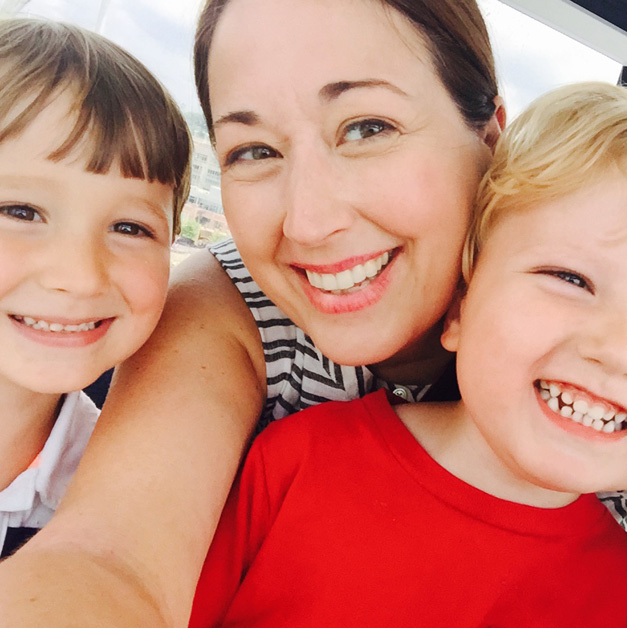My girls and I just recently met new friends, a mommy and her sweet daughter, and we’ve started to have play dates together. Since I have the littlest one, we decided that she would come to our house as it was easier for me to manage. She’s been coming over weekly for the past month and just the other day she said to me “you must have a song for everything.” As I thought about this comment briefly, I just replied at the moment with “Yes, you’re right, I probably do. I think that’s the Speech Pathologist in me.” That evening, I got to thinking about my frequent singing and decided to write this next post regarding how and why I sing throughout my day.
Now, there are many, many research studies written regarding the benefits of music. Music helps language development, motor coordination, listening comprehension, etc. and if you just search music and children you’ll find pages of countless websites that give information regarding this. However, I must say that the how and why I sing to my girls wasn’t really captured…so…on with the show!
When my girls were first born, I sang quiet lullabies to put them to sleep (rock-a-bye baby, lullaby and goodnight) and I also sang them a good morning song that I made up myself. Early on, they learned that these different patterns of prosody (rhythm, rise and fall of my voice) became cues to alert them of the transitions of our daily lives, time to sleep or just the opposite – mommy is coming to get me. Now, when my oldest wakes up, she’ll sing to me out of her bed “Good Morning, Joy. Good Morning, Joy. You had a good sleep and mommy loves you.” In addition, my youngest is starting to learn to respond to her name by hearing me sing it each morning followed by the same song.
As we go throughout our day, I sing to pick up toys (most moms’ of preschooler know this Clean-Up Song). I sing to wash our hands (Rub-a-dub dub). I sing to alert for breakfast, lunch and dinner times (“We are off to the table, we’re off to the table, to eat our yummy food” adapted from We’re Off to See the Wizard). I sing to brush our teeth (“Brush-a-brush-a-brush-a”), sing to put on clothes (“This is the way we put on our socks, put on our socks, put on our socks” adapted from Here We Go Round the Mulberry Bush) and even sing changing diapers (Every party has a pooper that’s why we invited Gracie, Party pooper, Pooper Scooper) …pretty much every routine has a song.
Through the repetition of these songs, my children are learning to pick up on the overall tune and distinguish them from one another and use them as ways to know that a transition in their day is occurring. There is a plethora of research indicating that children and adults with profound hearing loss can be seen to recognize and pair various tunes to different, corresponding songs, so it’s not unrealistic to assume that even young children who haven’t yet learned language will be able to obtain this information too. Then, as time goes by, words within in these songs will strengthen their language processing and understanding skills – language processing and music processing are both within the left hemisphere of the brain. I am certain that my daughter, Joy, learned her clothing items from hearing me sing the song while dressing and undressing her each day.
Perhaps an outsider might see me as a mom who has a song for everything… but I know that the Speech Language Pathologist side of me actually has a purpose for it! So, moms, dads and caregivers, choose your favorite tune and change the words (you don’t have to be master songwriters – the simpler the better). Think of all the routine daily life events you perform and choose a few to channel your inner Mary Poppins. Soon, your child(ren) will be using these patterns to cue them into these events and to strengthen language building, and then you too, will see the benefits of Whistling While You Work and Play!




